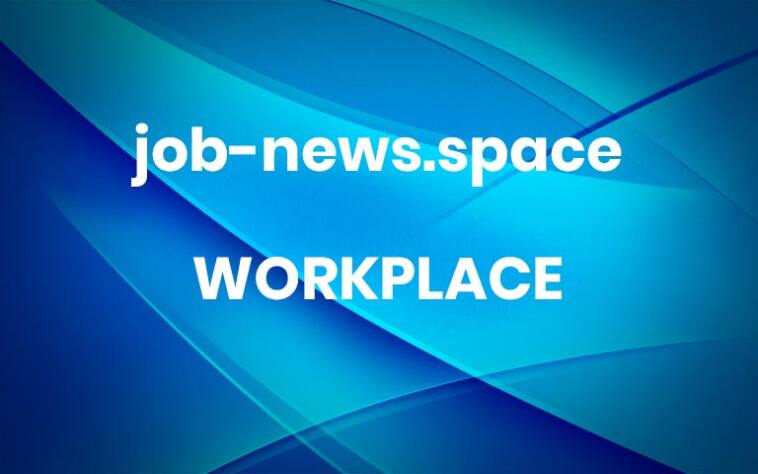How Remote and Hybrid Workers Can Benefit from a Return to Office
Over the past decade, we’ve watched much of the workforce gravitate away from the office to a remote or hybrid model. This culminated in the COVID-19 pandemic, when everyone could work from home. Now, two years later, the workforce has continued its return to normalcy, though that normal looks a bit different.
One difference that remains a point of contention is some employers’ desire for a return to the office and the inevitable pushback by employees who have worked remotely for the past several years. After all, workers have proven they can be just as productive from home while eliminating a daily commute and improving work-life balance. So why go back now?
It’s hard to argue the conveniences of remote work, and employers that refuse to embrace it may hinder their recruiting and retention efforts. However, for employees, there are times when the office can provide something that remote work can’t, and these intangibles may incentivize incentivize workers to embrace an RTO, even if only temporarily. Here are a few instances when working from the office can prove advantageous.
When You’re New at the Company
Whether you’re a recent grad just starting your career or a veteran employee changing jobs, the new employee onboarding process is a time to learn as much about the company as possible. This may include interacting with coworkers and management face to face, attending in-person meetings, or immersing yourself in the company culture. Though a comprehensive onboarding program should also have a digital component to ensure new hires feel comfortable working remotely, those who live within commuting distance of the office can use this to their advantage and make a solid first impression during their first few weeks on the job.
When You’re Applying for a Promotion
According to LinkedIn’s Workforce Confidence Index, in a survey of over 25,000 workers, 58% believe it’s essential to be seen by the leadership team. When applying for a promotion, this is especially true. Whether intentional or unintentional, proximity bias can cause management to show preferential treatment to those they see or interact with regularly over those who are out of sight, out of mind. While promotions should ideally be awarded based on work quality and experience, being seen regularly by leadership can sometimes carry greater weight.
When You’re Recovering from a Mistake
Nobody is perfect, and throughout the course of your career, mistakes are bound to happen. When they do, the best course of action is to face them head-on. Facetime in the office sends management a proactive message that you’re trying to correct your wrongdoing. While the same efforts can be made remotely, optics can speak volumes, especially when rebuilding trust with managers and coworkers.
When You’re Planning a Career Change
A career change can involve several different things – learning new skills, transitioning into a different role, or leaving the company. Either way, it’s a big decision and one you don’t want to regret. Interacting with employees in other roles or departments whom you wouldn’t typically encounter working remotely can help you explore possible career paths within the company while generating new ideas and creating opportunities. Though other opportunities may not exist and leaving may be the right option, the interaction the office provides can help decide this conclusively and avoid regret later.
Of course, not all remote employees have access to an office, as employers now can expand their recruiting efforts far beyond their physical location. This, combined with advances in video conferencing software that have made it an integral part of every employee’s toolkit, ensures that remote and hybrid work remain a top workplace perk that is here to stay. However, the office still has something to offer, and employees should realize this and take advantage of it. Those who do can combine the convenience of a remote or hybrid schedule with the benefits of an occasional trip to the office in order to help achieve career success.
Share this post: More





